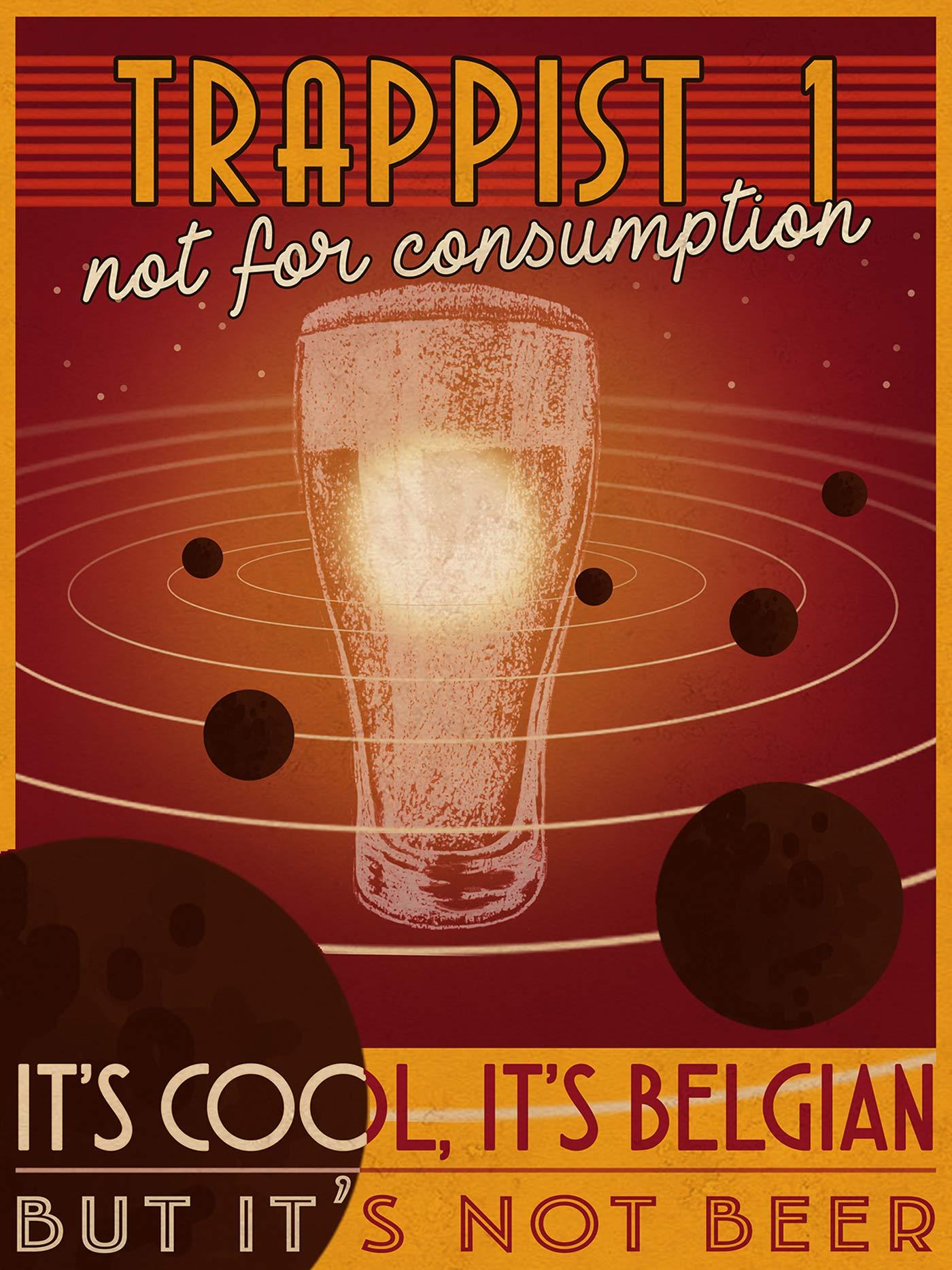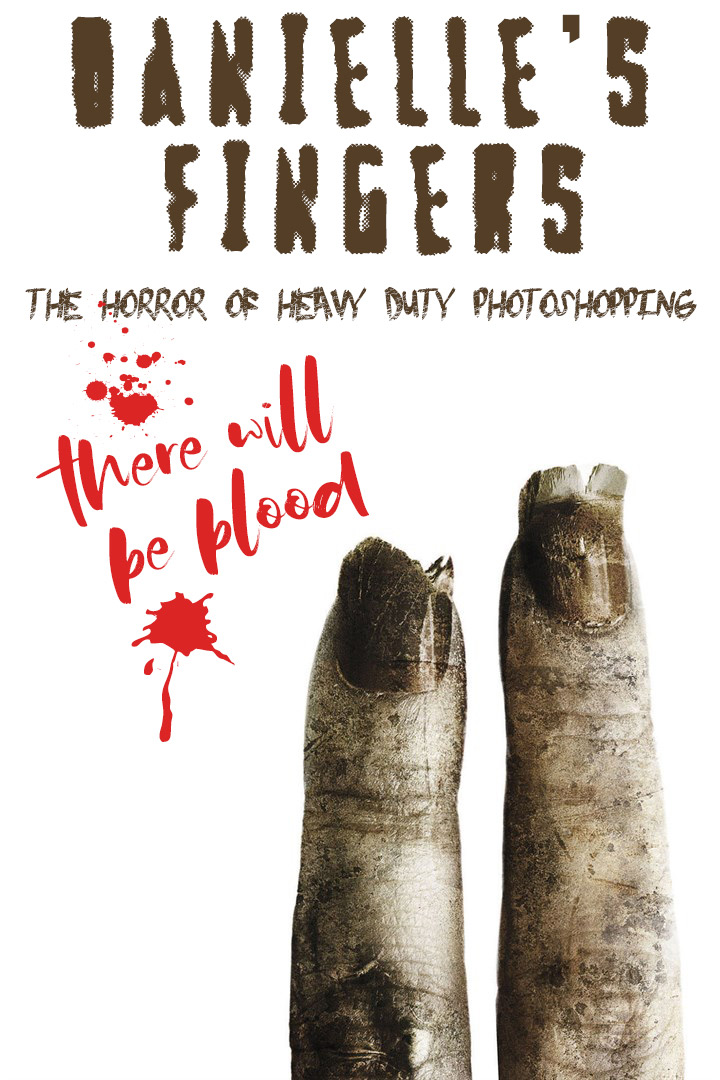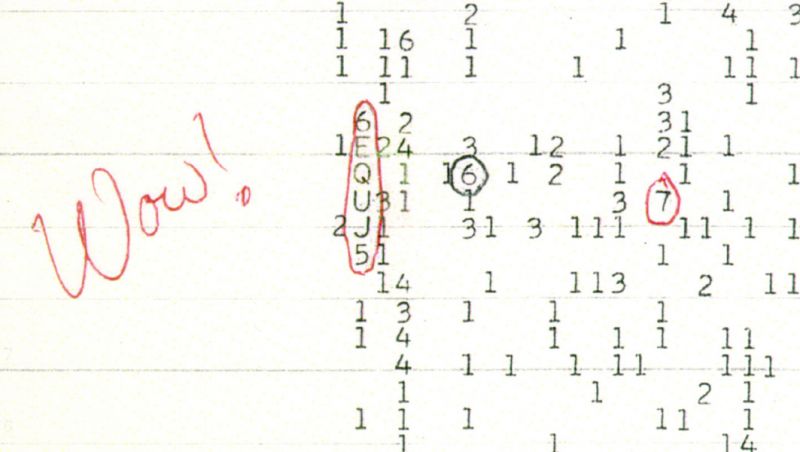
The TRAPPIST-1 planetary system is a mere 40 light-years away. Compared to the size of the Milky Way, that’s negligible. If a circular dining table at a Chinese restaurant were used to stand in for our galaxy, Earth and TRAPPIST-1 would be separated by a millimeter.
In 2016, a team of astronomers led by researchers at the University of Liege in Belgium found that there are at least seven planetary members in this system, tightly orbiting a diminutive red dwarf star. All of them are roughly the same size as Earth, and at least three are situated in the star’s habitable zone. It’s possible that TRAPPIST-1 is more than simply another site where an inhabited planet might be found. It could be a multi-world, biological ecosystem.

A project (Art Imaginarium, a Facebook group hosted by the SETI Institute) to challenge artists to visualize astronomical objects has chosen TRAPPIST-1 as its first subject. The talented Dutch artist, Danielle Futselaar, produced the work above. She claims that she worked her fingers to the bone doing so, and has also furnished the accompanying photo of her deteriorated digits. They may look painful, but Ms Futselaar says it was all worth it.
About the Art Imaginarium hosted by the SETI Institute:
Science and art are more closely connected than people might expect, with each offering the other new perspectives and insights. We’re building an artistic community where everyone feels safe in expressing themselves and exploring the limits of their imaginations. We hope that this will be a space where people respect both the art and the science. What is art? We do not want to constrain your creativity. Want to write a song? Draw in pencil? Create digital art? Bake a cake? Use pasta and beans? Go for it.





